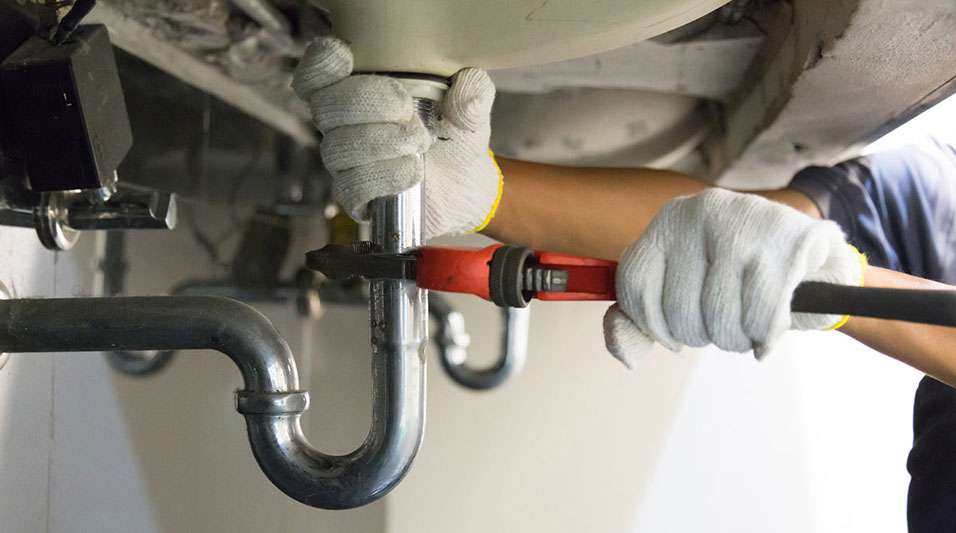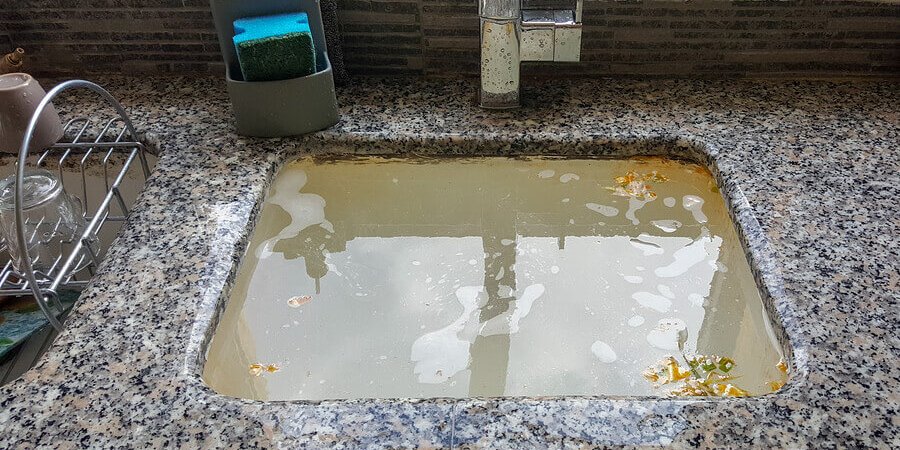Techniques for Unclogging a Blocked Drain Prior to Consulting Expert Plumbers
Techniques for Unclogging a Blocked Drain Prior to Consulting Expert Plumbers
Blog Article
Listed here further down you can discover a bunch of outstanding help and advice concerning 8 Tips For Clearing A Blocked Drain.

Introduction
Taking care of an obstructed drain can be a frustrating experience, disrupting everyday activities and potentially triggering damages to your residential or commercial property. Nonetheless, before connecting to plumbing professionals, there are steps you can take to deal with the problem on your own. In this guide, we'll explore DIY options and preventive measures to take on an obstructed drain successfully.
Identifying the Issue
The very first step in addressing a blocked drainpipe is recognizing the indicators. Slow drainage, gurgling noises, foul odors originating from drains, or water support up prevail signs of an obstructed drainpipe. Determining these indicators early can aid stop better complications.
Selecting the Right Plumbing Service
When selecting a plumbing solution, take into consideration aspects such as experience, licensing, and client testimonials. Pick a credible plumbing technician with a record of top quality craftsmanship and clear prices practices.
Expense Factors to consider
The price of professional drainpipe cleaning services can vary depending on the intensity of the clog and the plumber's prices. Demand quotes from numerous providers and ask about any service charges to make certain transparency and avoid surprises.
Safety Measures
When attempting do it yourself drainpipe cleaning, prioritize safety and security. Wear safety handwear covers and glasses to stay clear of contact with harmful chemicals or bacteria. Never blend different drain cleaning products, as this can produce dangerous fumes.
Instance Researches
Real-life examples highlight the performance of DIY solutions and the value of timely professional treatment in resolving drainpipe clogs.
Common Root Causes Of Obstructed Drains
Understanding the aspects that contribute to drain pipes obstructions is important for efficient resolution. Typical perpetrators consist of hair, soap residue, grease, food particles, and foreign things like sanitary products or paper towels. Tree roots getting into underground pipes can likewise trigger substantial obstructions.
Do it yourself Solutions
For small obstructions, several DIY options can be efficient. Putting boiling water down the drainpipe can assist dissolve grease and particles. Sodium bicarbonate and vinegar or a blend of salt and baking soda can act as all-natural cleaners. Using a bettor or plumbing serpent to remove obstructions is one more option.
Devices and Devices
Having the right devices available can make DIY drainpipe cleaning extra reliable. A bettor is a versatile tool for removing clogs in sinks, toilets, and showers. A plumbing snake or auger can get to much deeper obstructions, while drain cleaning chemicals can be made use of meticulously for persistent obstructions.
Safety nets
To avoid future clogs, adopting safety nets is critical. Set up drain guards or strainers to catch hair and particles before they go into the pipes. Frequently flush drains with hot water to liquify grease buildup, and prevent dealing with oil or strong waste down the drain.
When to Call a Professional
While DIY solutions can fix minor blockages, particular signs show the requirement for professional support. Relentless obstructions, foul odors despite cleaning up initiatives, or numerous drains supporting all at once are warnings that call for experienced intervention.
Final thought
By following the pointers outlined in this guide, you can properly tackle blocked drains and prevent future plumbing concerns. Whether opting for DIY solutions or looking for professional assistance, prompt activity is vital to maintaining a healthy pipes system and preserving the stability of your home.
How to Clear a Clogged Drain Yourself (And When to Call In the Professionals)
What Can Clog a Drain
Dirt Skin flakes Hair Grease Soap scum Food Offset pipes Tree roots Small objects Mineral buildup DIY Tricks to Unclog a Drain
You can fix this! Once you have identified the source of the clog (or have a vague idea), you can try one or a combination of these fixes in order to clear your plumbing.
Wire Hanger or Snake
Untangle and clear out hair from a drainpipe with a homemade snake. Use a straightened-out wire hanger with a 90-degree angle hook to locate the clog and drag out any unwanted material.
Remember not to push the clog further down to where the wire hanger cannot reach! If you need to follow up with a plunger, give it a try. Your efforts might be more successful after it’s been wire-snaked.
If you want to get fancy and don’t have a wire hanger to spare, head to the store and pick up a hand-operated drain snake. You can get one for $10-$30. It may save you the hassle, and provide additional length to reach deep into the clogged pipe.
Plunger
A cup plunger has a suction cup attached to a wooden handle. The rubber creates a seal around the drain, and increases the pressure force of the plunger.
Plunge for 30-second increments to loosen the clog. This may need to be repeated over the course of 15-20 minutes. Once plunged, run the water to flush the remaining material out of the drain.
Remember– never use a plunger if you have used a chemical drain cleaner. These chemicals can splash up from the force of the plunger and cause serious injury or burns.
Boiling Water
Hot water can sometimes break up materials into a flushable amount. Dirt, grease, and soap buildup requires heat in order to unstick from surfaces.
Take your kitchen kettle and heat your water to a boil. Once it reaches a rolling boil, pour it directly down the drain into the blockage. Carefully follow with plunging, if necessary.
Don’t worry if this takes more than one try! It can often take multiple kettles and repeated plunging in order to clear a particularly stubborn clog.
Chemical Drain Cleaner
As a last resort, pick up a bottle of chemical drain cleaner. Drain-cleaning chemicals are potent, and not very good for the environment.
You may need to wear protective eyewear in gloves before handling your bottle of chemical drain cleaner. Follow the instructions printed on the bottle, and flush with water as soon as the instructions allow. Do not follow with plunging.
Baking Soda and Vinegar
As a safer alternative to chemical drain cleaner, baking soda and vinegar can create a chemical reaction that clears tough clogs.
Combine one cup of cleaning vinegar with one cup of boiling water, and set aside. Once you have done this, pour half a cup of baking soda down the drain. Give the baking thirty seconds to settle and cover a large portion of the problem drain.
Following the baking soda, pour down your vinegar and hot water solution. Once the vinegar and baking soda combine, the mixture will bubble and fix. Let this reaction fizzle in the drain for about an hour.
After an hour, follow with a kettle’s worth of hot water. The heat and liquid should flush out any remaining material.
When to Call a Plumber
If your DIY attempts haven’t cleared your clog drain, it’s time to call in a professional. It’s not worth losing access to your kitchen sink or high-traffic bathroom. A clog in a vital area can keep you from the things you’d rather be doing, and derail your routine.
Anytime a clog is causing water to spread is a time to call in a plumbing service. What starts out as a little bit of water can quickly grow into serious, expensive water damage.
Additionally, a serious clog can result in burst pipes or serious leaks. Make sure you know when to take it seriously!
https://myguysnow.com/how-to-clear-a-clogged-drain-yourself-and-when-to-call-in-the-professionals/

I discovered that page about 8 Tips For Clearing A Blocked Drain while browsing the search engines. Enjoyed our write up? Please share it. Let another person find it. I enjoy your readership.
Call Report this page